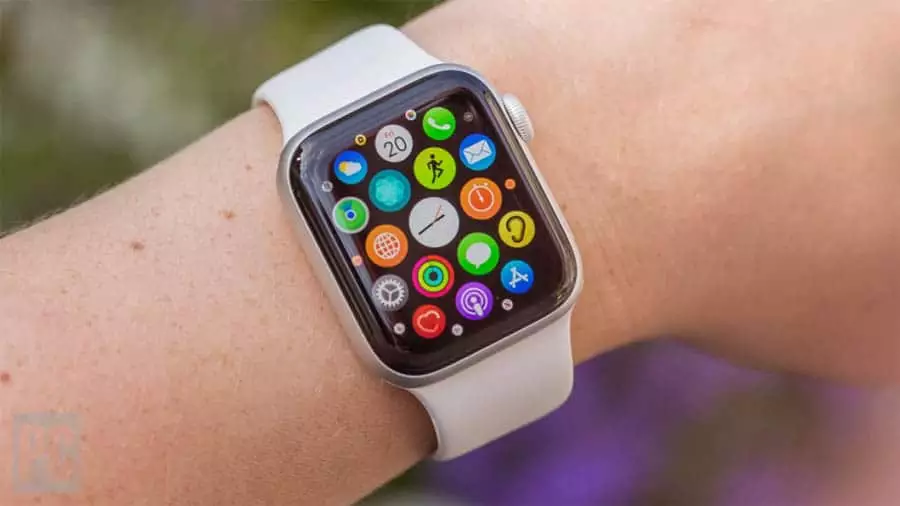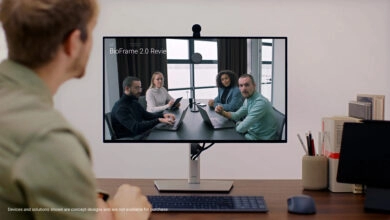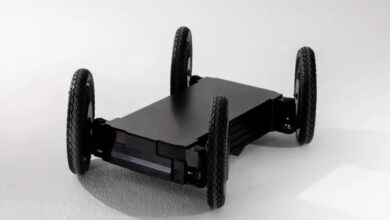Health ‘sensors’: what are they and should we use them?

Increasingly sophisticated devices can measure our vital parameters all the time. Better, however, under the guidance of your caret, avoiding a dangerous DIY.
From the ‘measure of all things’ man of the Greek philosopher Protagoras to the ‘datoma’ man, that is, a data generator because he is ‘measured by everything’ he carries on him, the step may seem daring. Yet plausible and absolutely real. Wearables, those nice “contraption” that we now wear with ease, are the tools through which this exciting, and in many ways risky, jump can occur. Exciting because, according to many experts, applied to the world of health the continuous monitoring of our vital parameters and the collection of related data open horizons of democratization of health (the patient at the center) and customization of medicine (the “tailoring” therapies). In a commentary published in Lancet Digital Health Sarah Goodday, John Geddes and Stephen Amico , from the Department of Psychiatry at the University of Oxford go even further by speaking, in a positive sense, of the “disruption of the balance of power between doctor and patient” that the leaders can achieve. However, just as many authors warn of the risks arising from too much ‘sensorization’: overdiagnosis, hypochondria, a medicine dedicated only to quantification and control.
There are many models around: Iqvia Institute for Human Data Science has surveyed 344, 47% fitness trackers and 13% smartwatches. However, their numbers are set to increase and sales will explode. Forecasts range from 190 million pieces in 2022 and nearly 800 million in 2025. According to a Gallup survey, about one in five American adults wore a fitness tracker in 2019 and used an app to monitor their health. The vast majority of current fitness tracker users (85%) and health app users (92%) is convinced that products are useful, much or at least to some extent, to achieve their health goals.
To describe the wearable devices we borrow the words of Giampaolo Collecchia and Riccardo De Gobbi two general practitioners who wrote “Artificial intelligence and digital medicine” (The Scientific Thinking Publisher): tools “consisting of one or more biosensors, equipped or not with Artificial Intelligence that, inserted on clothing such as watches, t-shirts, pants shoes, belts, bands, glasses can detect and measure different biological parameters and provide information on lifestyle”. What? Through saliva, sweat, diffusion of infrared rays in tissues, breathing, brain waves. Fields of application In a review in Frontiers in Physiology, a team of researchers from Queensland University of Technology in Brisbane, Australia, led by Jonathan M. Peake, divided wearables according to whether they monitor: hydration status and metabolism; physical and psychological stress; training loads, movement patterns and injury risks; cardiorespiratory functions; psychological stress, brain activity and cognitive functions; sleep; Concussion.
Cardiology, diabetology and neurology are the clinical areas in which the most progress has been made in the experimentation of these devices. “However, there is a problem of efficacy tests that are only available for certain pathologies, the diabetological one for example. Then there is the next step and that is the introduction into the care path, which has nothing to do with technology or with the evidence of effectiveness, but has a lot to do instead with the organizational discourse by those who have to use those tools, and regulatory, of prescribability and refundability” observes Eugenio Santoro head of the Laboratory of Medical Informatics, Department of Public Health Institute of Pharmacological Research Mario Blacks Irccs.
Wearables, with their ability to collect data all the time, can really revolutionize healthcare and the way we understand medicine as we know it. “The time has come to work on a path of care that starts from the interaction of the patient remotely through their connected devices, so that these are perfectly integrated with care in the healthcare sector”, writes Alberto Tozzi, head of the Innovation and Clinical Pathways Unit of the Bambino Gesù Hospital in Rome in the book “Impatient. Medicine based on innovation” (Il Pensiero Scientifico Editore). But we still have to go with our feet on the lead. “We must not confuse the lifestyle, monitored with wearables, with diagnosis, which must always be carried out, regardless of the technical data, with certified devices that are not only for the reliability of the absolute data but for much more”, warns Professor Sergio Pillon, member of the Digital Health Working Group, European Public Health Alliance (WG-DH EPHA) and medical director of the CIRM. There is a lot to explore, starting from the very reliability of wearables. In fact” despite living in an era of “big data”, we know surprisingly little about the suitability or effectiveness of these devices. Only 5% have been formally validated,” says Jonathan Peake of the School of Biomedical Sciences and Institute of Health and Biomedical Innovation at Queensland University of Technology in Australia.
What, then, to face the digital breakthrough with awareness? “There are two important aspects that should be paid attention to: wearables do not replace the doctor. Instead there is the belief that using them in some way you can bypass the healthcare professional and rely on the “do it yourself” medicine. All the more so when it is not known whether or not these instruments are medical devices”, underlines Eugenio Santoro who also edited the item “Digital health” for the Treccani encyclopedia in his 10th appendix on the words of the 21st century. “But even if this knowledge were there, it is still important that the doctor, in case, suggests their use. Otherwise, and here we come to the second point, the risk of medicalization, of creating anxiety in patients who are well, is high. That is, if I measure atrial fibrillation with these tools, a message of confirmation of the symptom of this pathology can happen. But if I’m not at risk, I don’t have to worry. So you have to talk to your doctor as much as possible and see if I’m a person at risk who can use these kinds of tools, sharing data with them and how to use it,” he concludes.
How do wearable devices work for medical applications? As Ali K. Yetisen of the Technische Universität munich explains in a review of Advanced Materials, wearables typically contain microprocessors, sensors, and smartphone interfaces. Sensors built into wearables include inertial units (gyroscopes, accelerometers, barometers, magnetometers), optical sensors (complementary sensors, spectrophotometers, cameras, photoplethytographs), chemical probes, electrodes, temperature sensors, microphones, shock detectors, deformation meters, and pressure sensors. The data thus collected is then transmitted over the Internet with a bluetooth, wi-fi, 3G, 4G or 5G connection for further analysis or for possible feedback from a healthcare professional.




